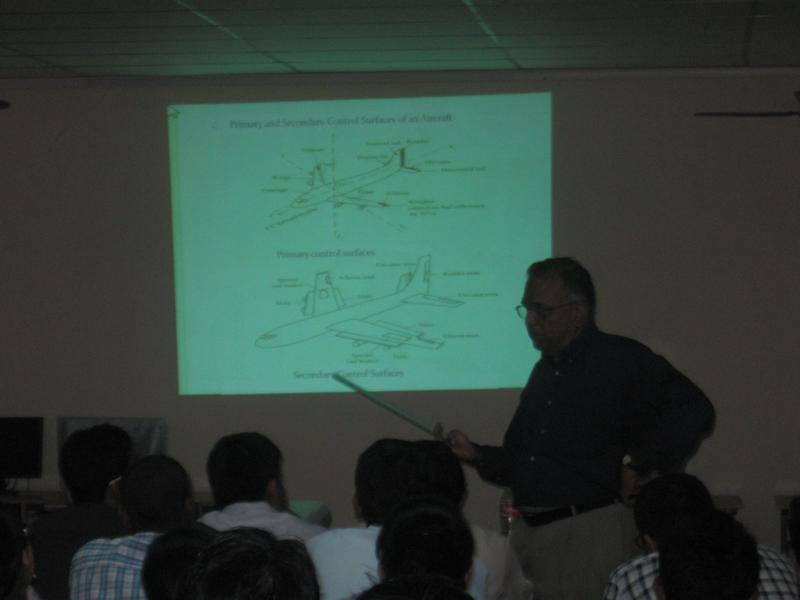AIRCRAFT INSTRUMENTATION
Mr. GOPAL NARAYANASWAMY IYER, Retired DGM, AIRINDIA. On 25.01.13
In the beginning of manned flight, supplying the pilot with information about the aircraft and its operation could be useful and lead to safer flight. A wide variety of instruments have been developed to inform flight crews of different parameters. Instrument systems now exist to provide information on the condition of the aircraft, engine, components, and the aircraft’s attitude in the sky, weather, cabin environment, navigation, and communication the old flat panel in the front of the cockpit with various individual instruments attached to it has evolved into a sophisticated computer-controlled digital interface with flat-panel display screens and prioritized messaging. One part senses the situation and the other part displays it. There are three basic kinds of instruments classified by the job they perform: flight instruments, engine instruments, and navigation instruments. There are also miscellaneous gauges and indicators provide useful information. Flight control position, cabin environmental systems, electrical power, and auxiliary power units (APUs), are all monitored and controlled from the cockpit via the use of instruments systems.
|
|
